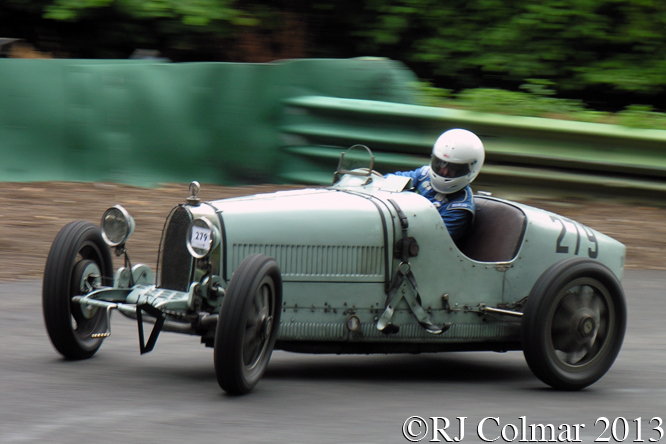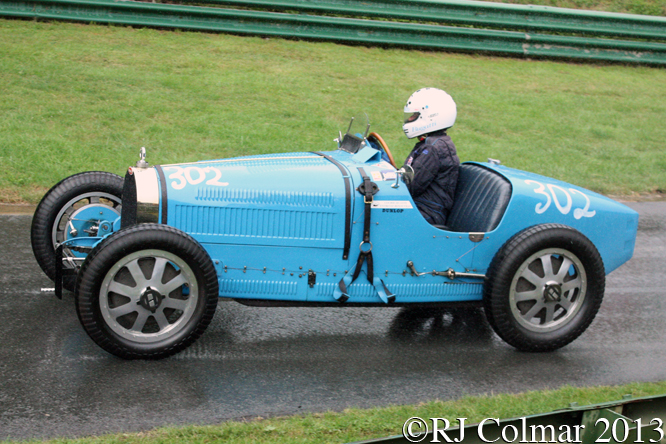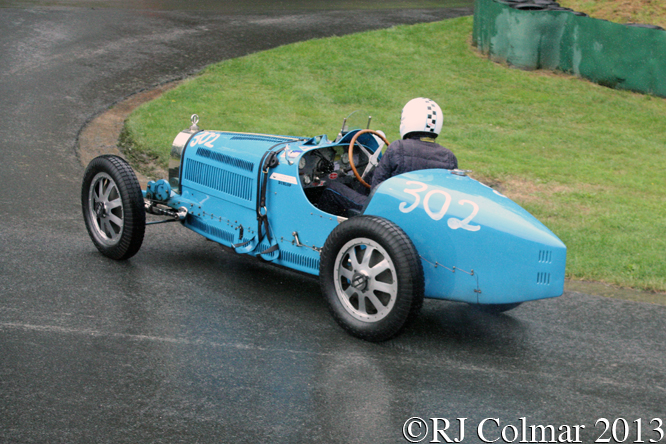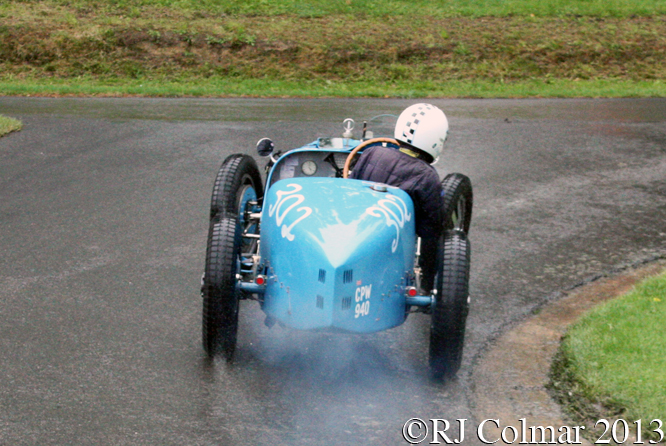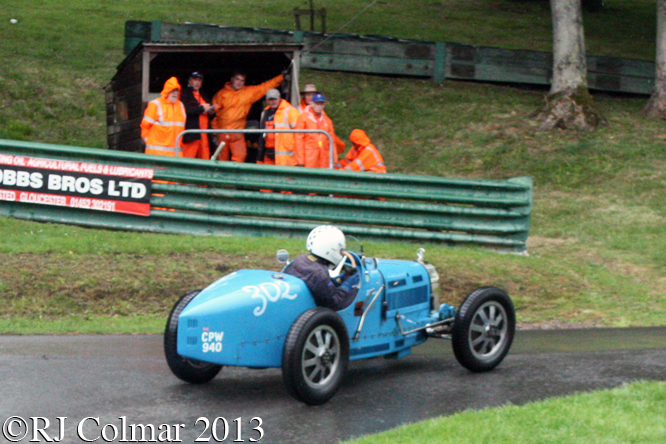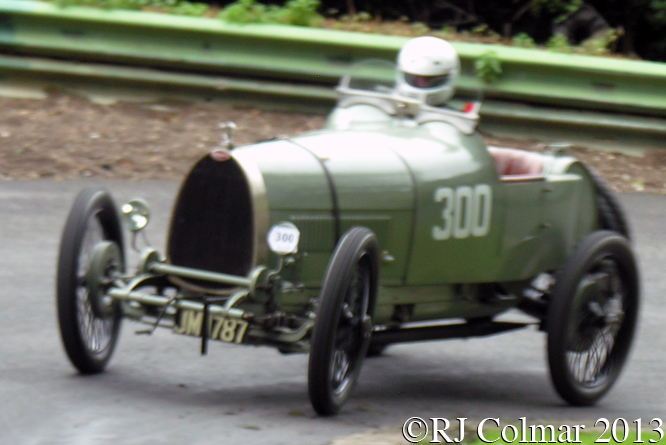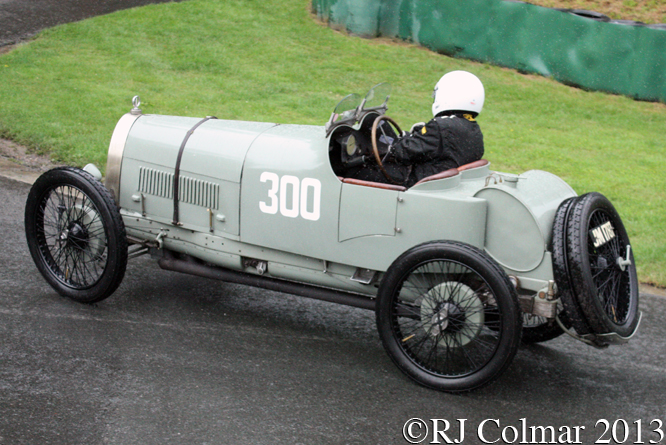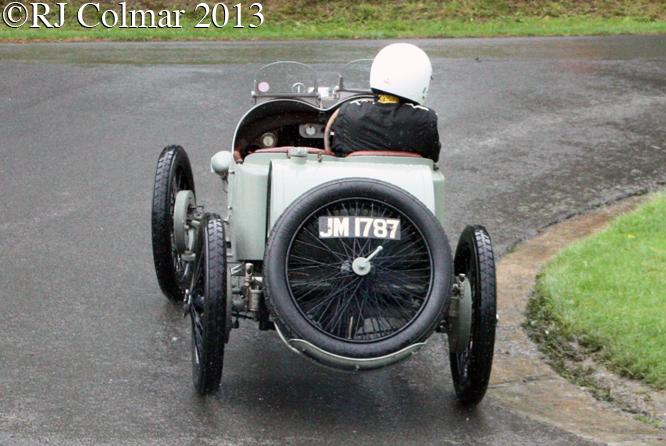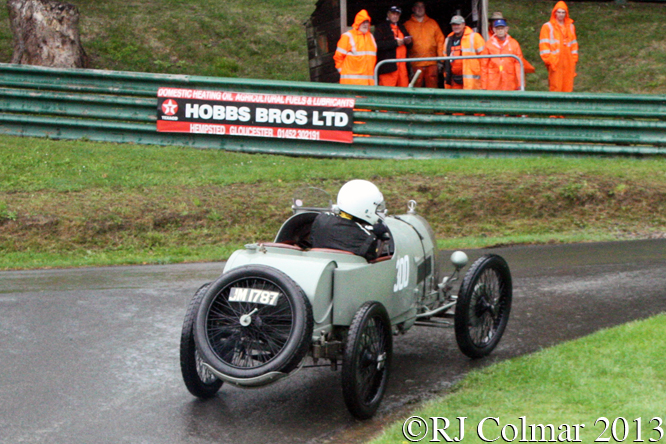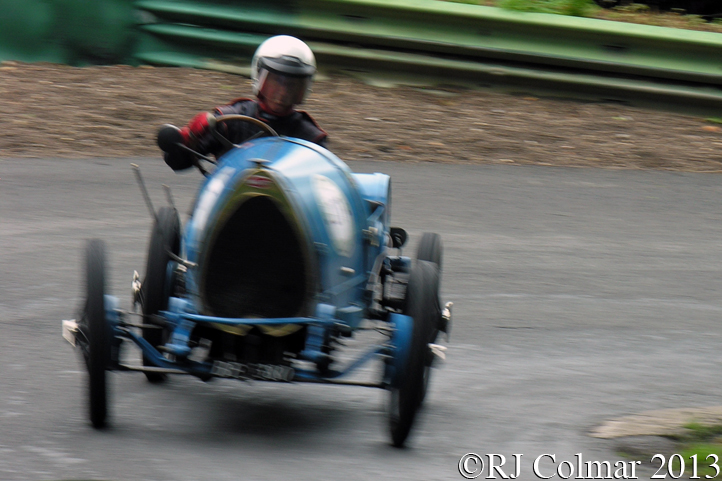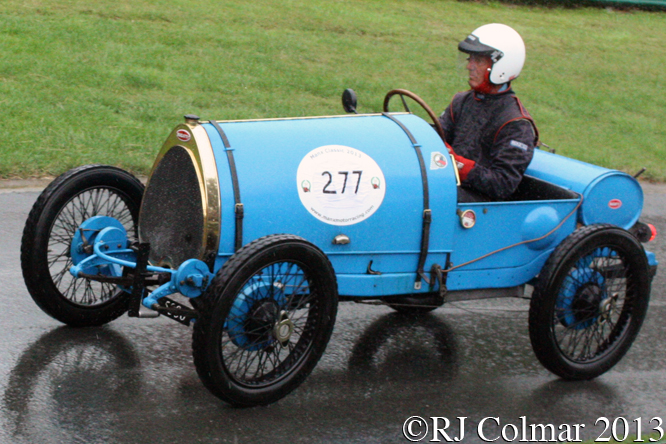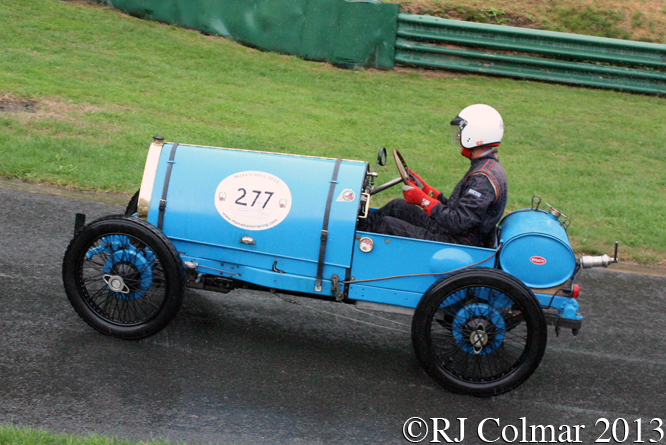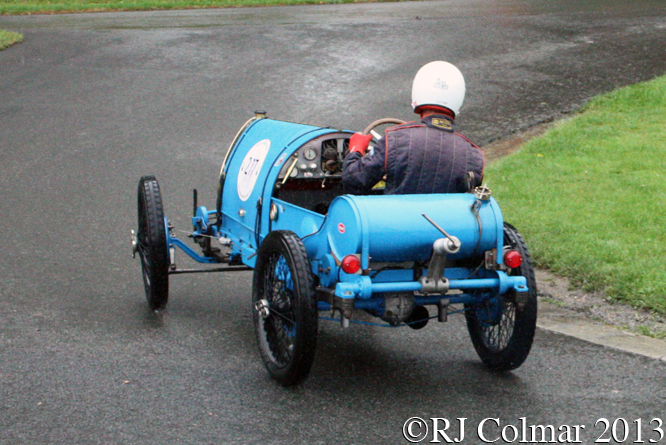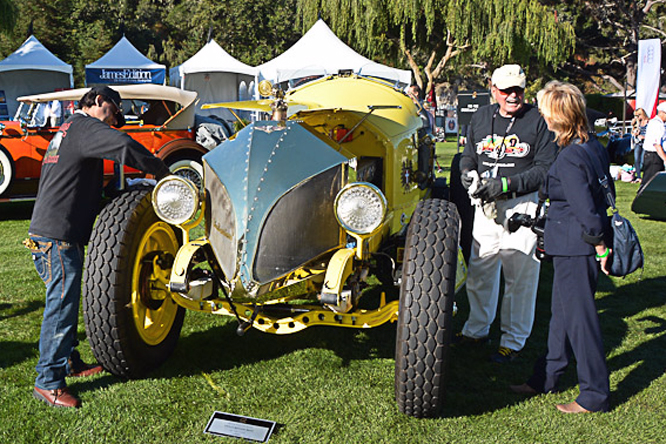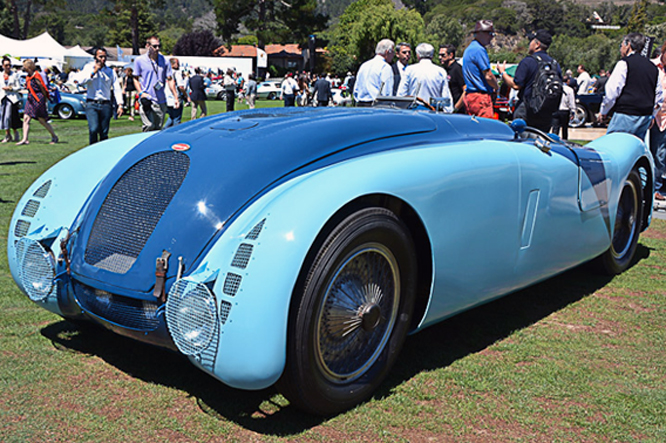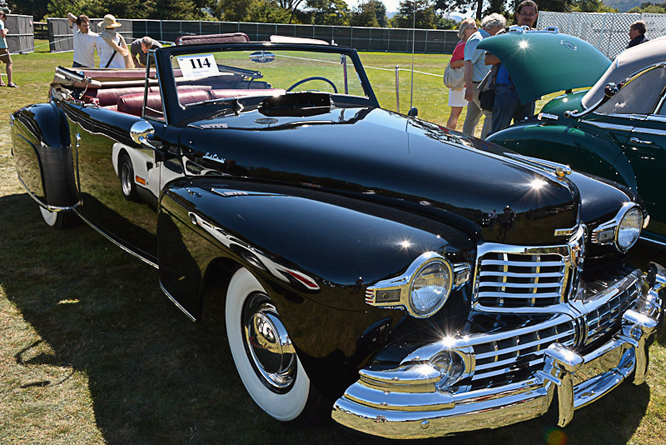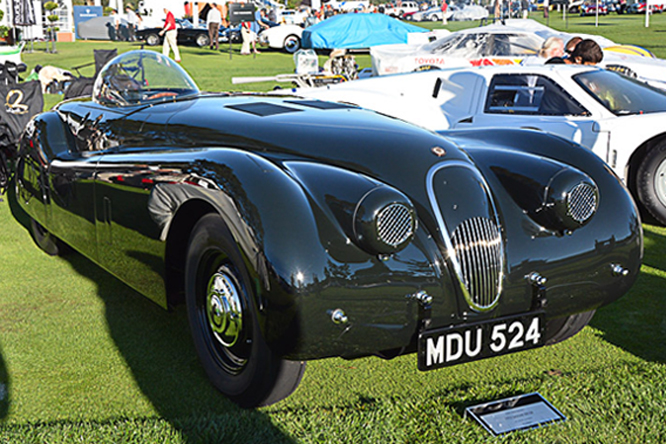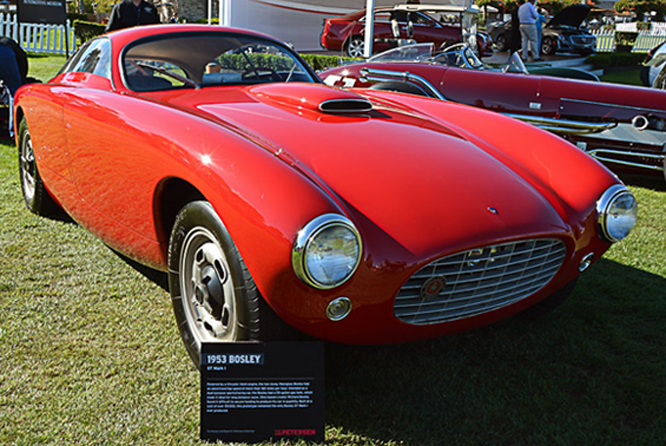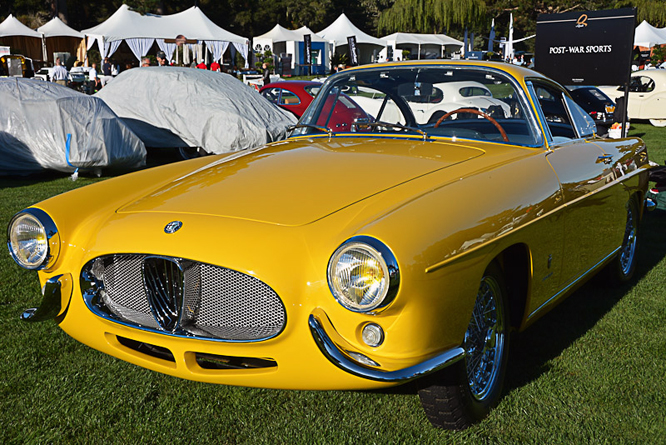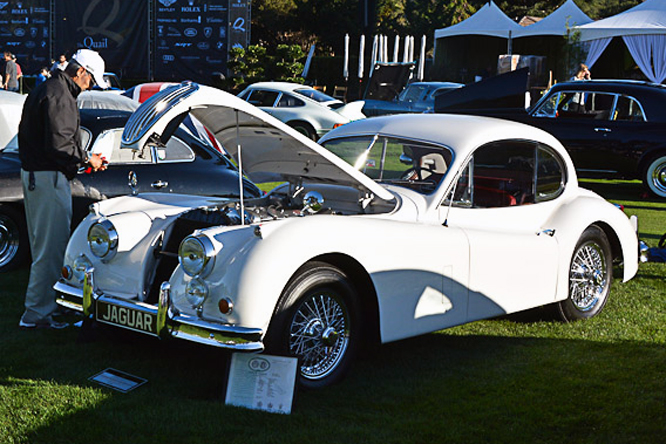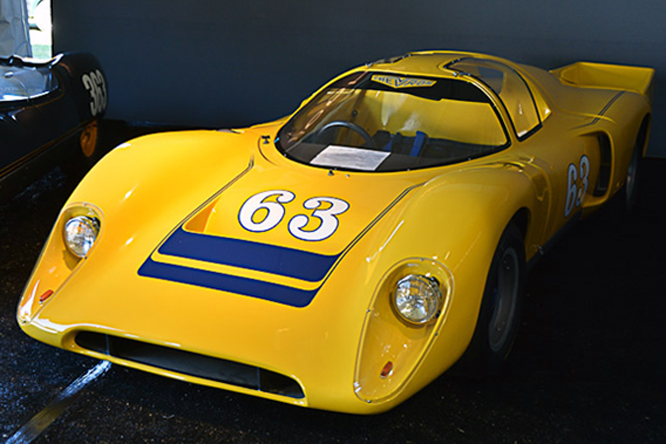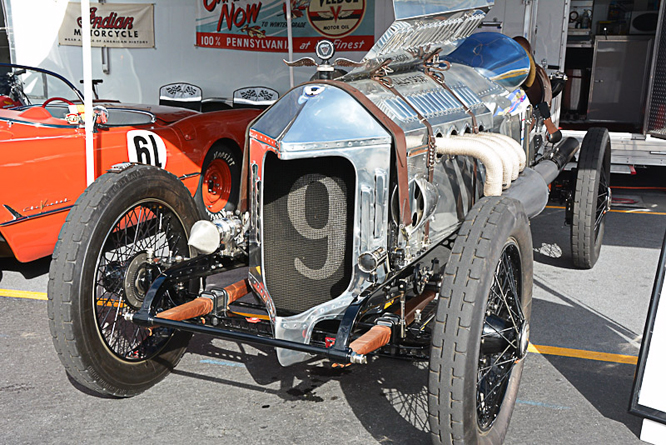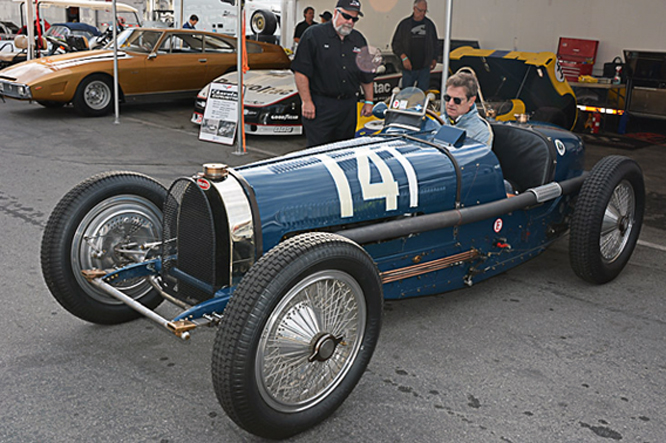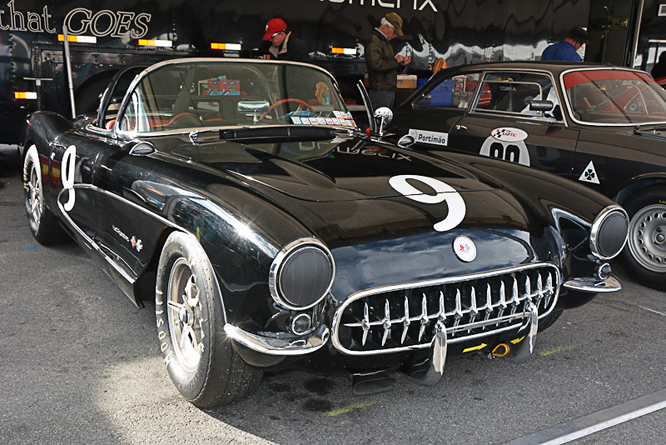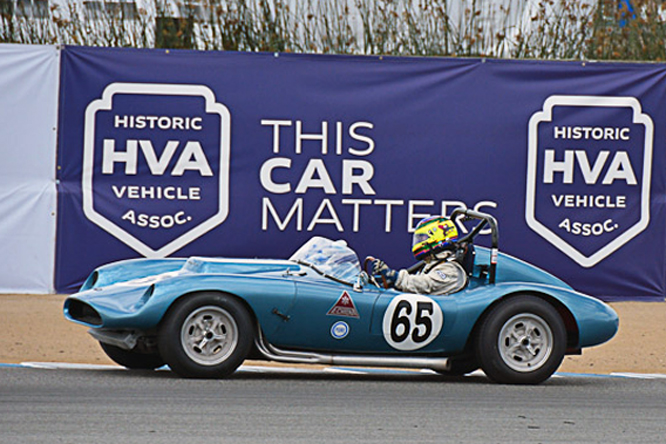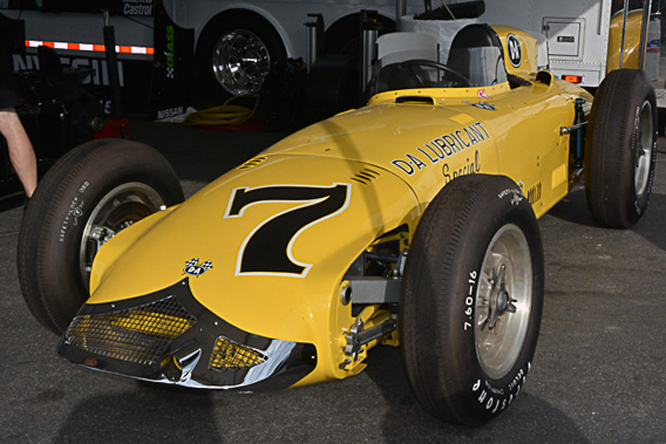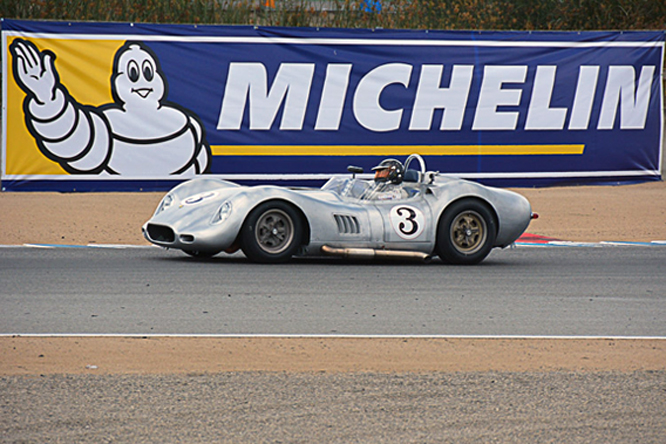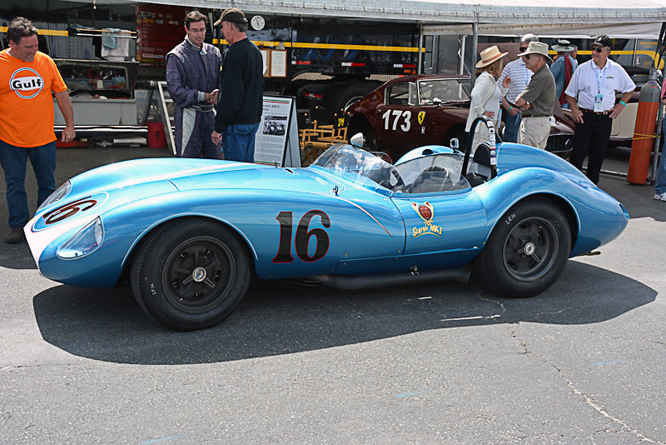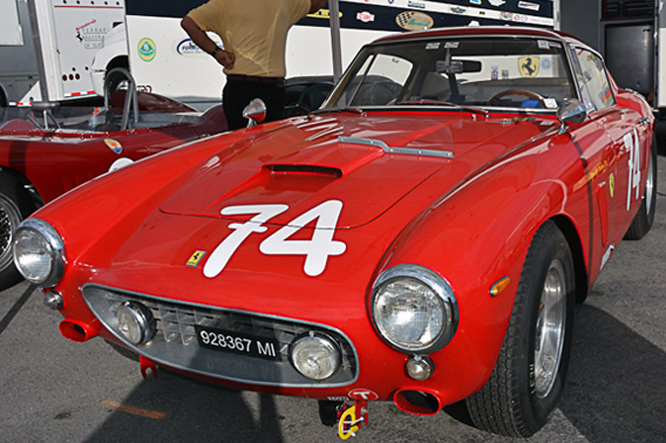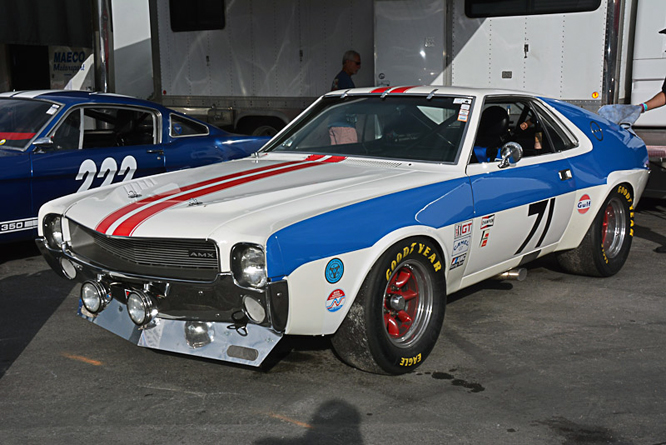Milanese Ettore Bugatti was working for, the company founded by Nicolas Otto that became, Deutz Gasmotoren Fabrik in Cologne, Germany where he designed his Type 8 and Type 9 between 1907 and 1909 when he decided to build his own car in his basement.
Upon completion of the project, known as the Type 10, in 1909 Ettore packed his possessions and family into his new creation and headed for Alsace to found Automobiles E. Bugatti and look for a factory in which to build more cars of his own design.
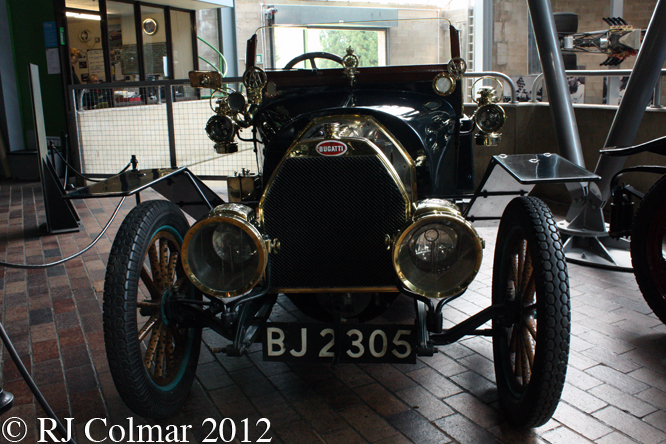
Settling in Molsheim, Alsace Ettore set about building the Type 13 which like the Type 10 featured advanced, for the period in which chain drive was the norm, shaft drive, a larger 1368cc /83 cui version of the 4 cylinder Type 10 motor and for racing variants only cutting edge of technology 4 valve heads.
Unlike the Type 10 which only had leaf springs at the front and an unsprung rear axle the Type 13 featured leaf springs all round.
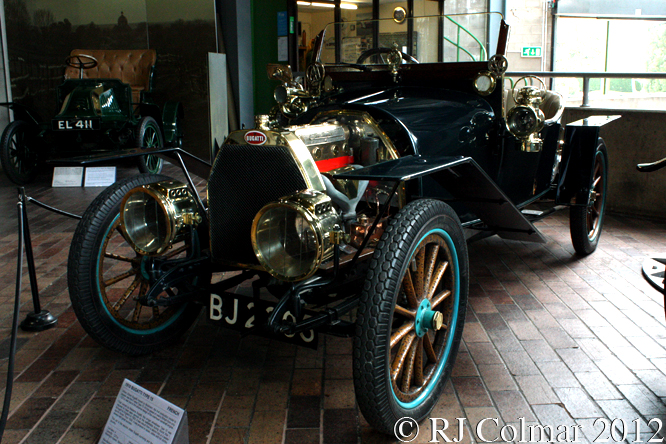
The 16 valve Type 13 produced around 30 hp at 4,500 rpm an extraordinary high output for such a small motor thanks to the 4 valve heads, bearing in mind that the slightly earlier 35/45 hp Itala required a 7.4 litre / 453 cui motor to produce only 5 – 15hp more.
Automobiles E. Bugatti produced 5 Type 13’s in 1910 and in 1911 Ernest Friderich drove one of them in the 7 hour marathon French Grand Prix in which he finished 2nd, albeit 2 laps down, to the winning 10 litre / 589 cui 4 cylinder FIAT S61 driven by Victor Hemery.
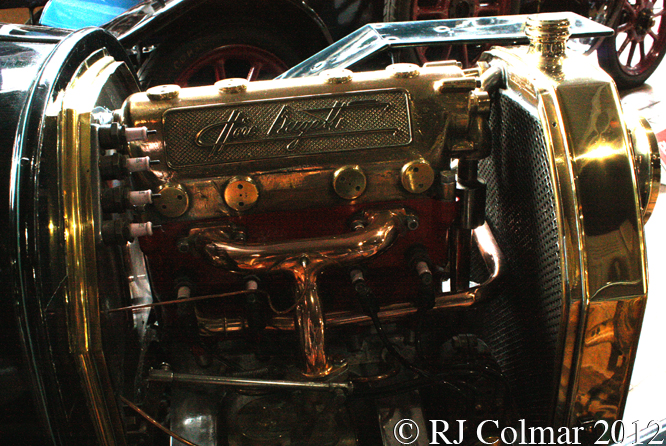
Today’s featured 1910 Type 15 is similar to the Type 13, except that it was built with a longer chassis, 14 inch longer wheel base and is fitted with a 15hp 8 valve motor number #16.
This car, seen at the National Motor Museum at Beaulieu was first owned by Ettore’s wife Mdme Barbra Bugatti and fitted with a saloon / sedan body. Before being registered in the UK by Col. Dowson in 1921, #366 is said to have been of service on the battlefields of the 1914 – 18 war.
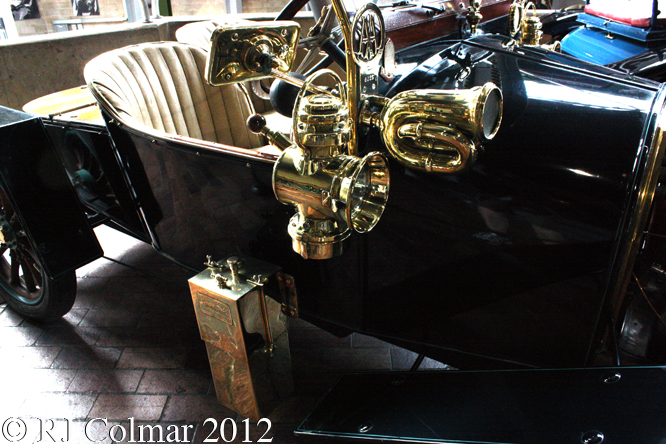
The next known owner of #366 was Bugatti enthusiast CWP ‘Peter’ Hampton, the head of an international firm of land agents who lived in Effingham Common, Surrey and later Bolney, Sussex where he tended his collection reported to include Rolls-Royces, Mercedes Benz of all ages, at least one Hispano Suiza and 25 Bugattis, one of which was ‘recovered’ from Czechoslovakia in what has been described as a James Bond style operation when the country was still heavily under Soviet influence behind the Iron Curtain.
Peter replaced the original saloon / sedan body on #366 for the 2 seat sports tourer seen today in the 1930’s and used to compete with it regularly at Prescott along with four of his other competition Bugatti’s which included a Type 13, Type 18, Type 30, and Type 57C of which the Type 15 was unsurprisingly the slowest having achieved a best time of 80.7 seconds.
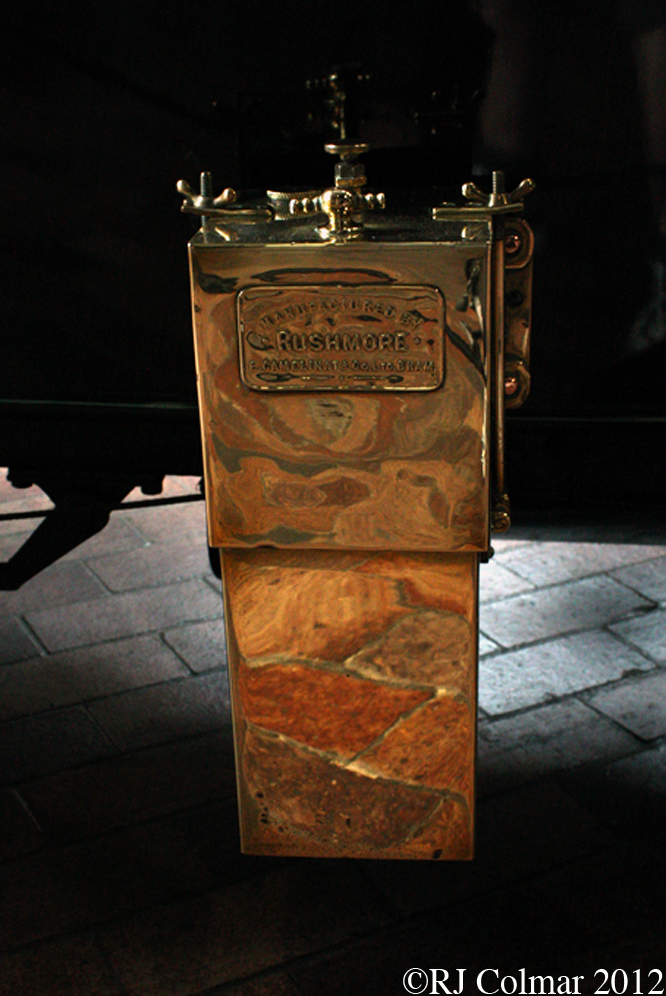
The highly polished brass box above is an acetylene gas generator, for the gas powered headlights, which featured a Patented Automatic Shaking Grate Generator manufactured by Rushmore Dynamo Works at Plainfields N.J., U.S.A between 1905 and 1914 when the company was bought for $750,000 cash by Bosch Magneto Co.
During the ’39 – ’45 war, Peter served as a War Substantive Lieutenant in the 4th/7th Royal Dragoon Guards, Royal Armoured Corps and was in the first wave to land at Gold Beach in the D-Day landings at Normandy in support of the infantry regiments.
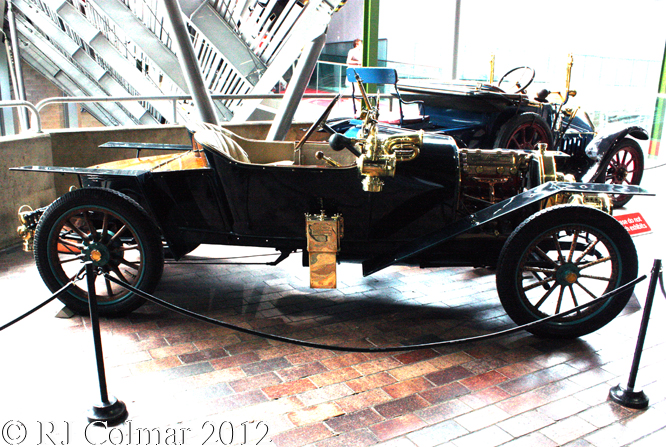
Five of the 4th/7th’s tanks were lost before making shore despite being dropped off 200 yards from the beach, instead of the planned two miles, because of the unexpectedly high seas.
During the landings Peter received a permanent shrapnel injury to his left arm which was henceforth completely unusable, after relinquishing his commission due to his injuries Peter returned to Suffolk where his cars had been kept in working condition by farmer Stanley Sears, father of two time British Saloon / Sedan champion Jack.
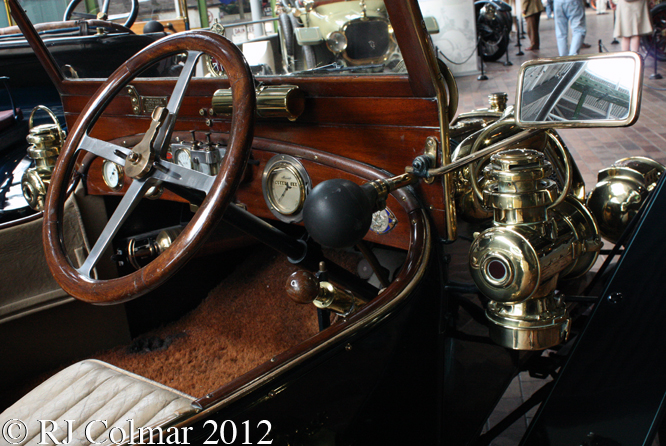
To over come the problem of his left arm Peter had Stanley convert all of his vehicles to right hand gear change and Peter kept competing at Prescott and other events with #366 until 1952.
#366 is the oldest example of the marque in the UK and thought to be the second oldest Bugatti in the world and it along with the rest of the cars in Peter’s collection were dispersed after his death in the 1980’s.
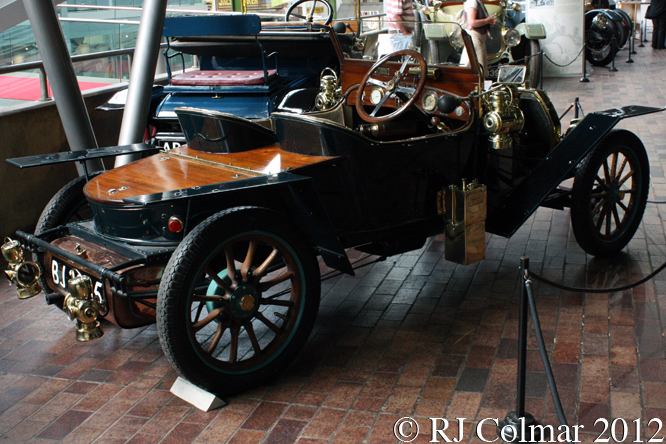
Although #366 is road fund licence exempt it has not been issued with a valid tax exempt disc since 1985, though ironically, the vehicle actually belongs to Her Majesties Government who acquired it from Peter Hampton’s estate in lieu of inheritance tax.
My thanks to Allan Lupton for enlightening me about the Rushmore Dynamo Works Patented Automatic Shaking Grate Acetylene Generator, to Doug Nye, Roger Lund, John Winfield, Vitesse2, Carl R.S. and Hipperson who all contributed to the ‘C.W.P. ‘Peter’ Hampton; racing driver and collector’ at The Nostalgia Forum and likewise to everyone who contributed to the ‘great bugatti collectors’ thread at Bugattibuilder.com forum.
Thanks for joining me on this “The Tax Man Has Taken All My Bugs” edition of “Gettin’ a li’l psycho on tyres” I hope you will join me again tomorrow when I’ll be looking at McLaren’s 50th Anniversary efforts in the 2013 Formula One season. Don’t forget to come back now !
